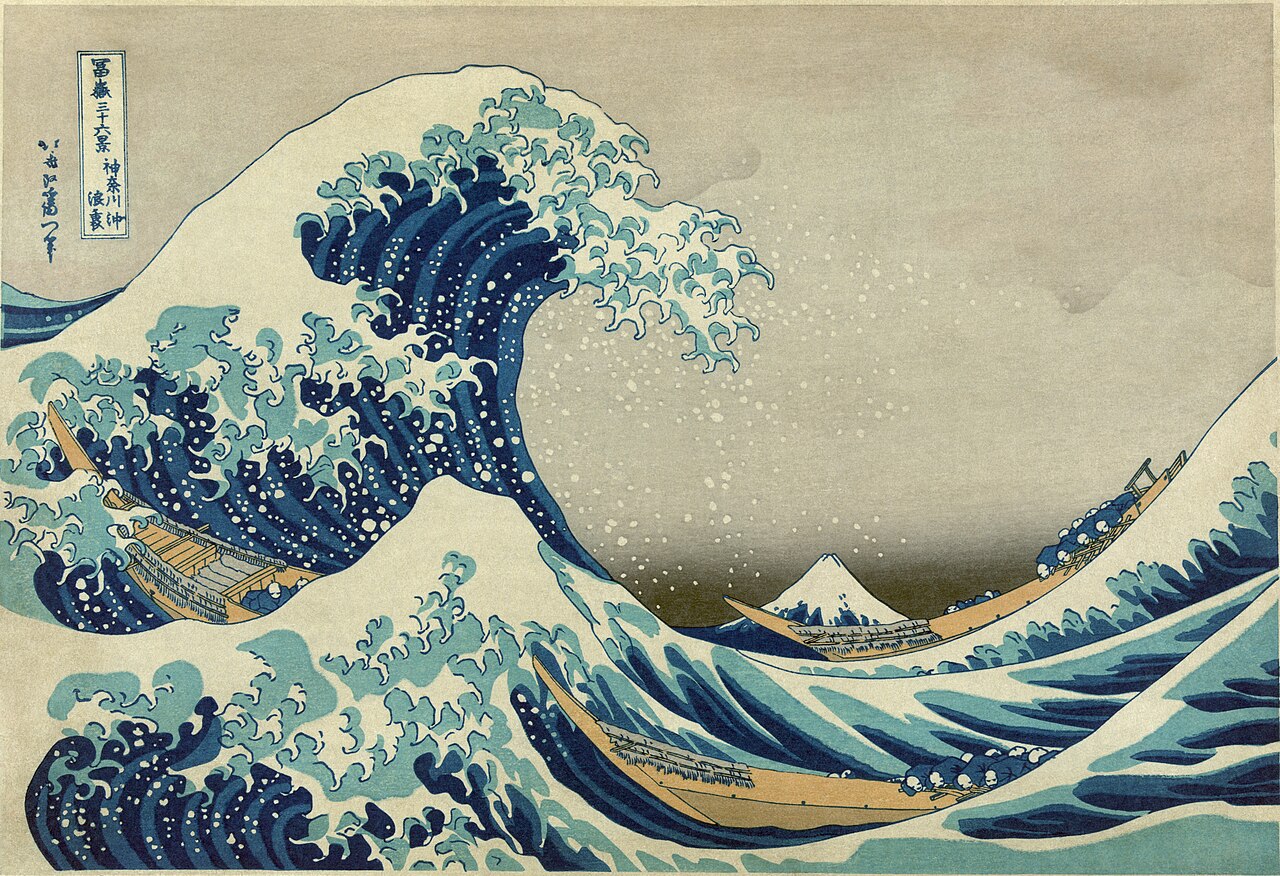How we communicate with each other and the way that we preserve the information define who are we and help us understand our position in modern world which ultimately results in the way we design everything.
On “The Medium is the Message” we face with this question that what procedure has the social life gone through and what if the future direction of it?
it is important to remember two things about McLuhan and his teachings. First, the medium through which a message is experienced shapes the user’s perception of the message. Secondly, a medium can be the message itself if it is delivering content that would otherwise be impossible to access.
I think the idea of that the medium is the message is a little bit illogical. Although they have influence on each other but the presentation of the message is extremely important.
Over the past centuries, media have been developed through a wide variety of devices such as TV, Internet, Radio or … .Each of them have its own intrinsic characteristic independent from people who use them. The message transferred from each of this media is highly affected by that medium broadcasts it. McLuan has more considered the medium instead of its message.
Technology allows us to find our position in the world and it is a tool that can be used in so many different ways; sometimes can be good sometimes not. For example; a kind of virus which is really harmful for body and might causes serious problem such as disability or something like that can be used for producing Vaccines which rescues that body from illness.
Medium shapes and controls human associations and activities; the main purpose of the media is to change the perception and thought. Societies have been shaped and restructured more by the nature of the media which people use for communication than by the content of the communication.
In other words, the value of each medium is determined based on it’s usage.They make it easy for people to return to ancient world where the way of communication was more visual and face to face rather than using books or any other two dimensional things for gaining information. I mean the way how we get the news is different from the way our fathers used to get it on printing paper instead of watching it on the internet. We no doubt see that the quality of the delivered information is highly related to the source releasing it.
Benjamin (challenging but impressive in his writings ) was really obsessed with modernism and it’s effects on social community and work of art in particular. Films and photography play crucial rule in this movement. He writes that in this age the nature of the art has undergone a change which mechanization and emerge of technology should be blamed for the losing of aesthetic value in such productions. The ”Aura” in his view is what makes the art unique; the aura is an effect of a work of art being uniquely present in time and space. A reproduced artwork is never fully present, I think with this approach the real value of authenticity disappears in the original work of art when everything is reproduced. In his opinion, the loss of aura seems to have both positive and negative; promotion of the art is one of the consequences which was considered a positive effect of this movement is his opinion because the loss of the aura has the potential to open up the politicization of art.

